Chapter 9 (Part 5): The Axial Age (453-221 BC)- Materialism II: Substance
Graeber argues for the materialist turn in philosophy as a result of the coinage-military-slavery complex of the Axial Age
If you are new here, we are reading David Graeber’s Debt: The First 5,000 Years. Catch up and join us on Thursdays in 2024. My first slow read here on Substack was David Graeber’s The Dawn of Everything. These two books showcase his thesis on the development of humanity by looking at how debt evolved and how people organised themselves and their world. Unique among his peers, Graeber still asks the big questions in anthropology.
Dear Reader,
I had a delightful packed weekend with family and chatting with random strangers. It is pretty interesting to see who you bump into. I finally had the chance to visit the antique market at Tongeren (Atuatuca Tungrorum), home of Ambiorix, who inspired Asterix! This is the oldest Roman centre in Belgium. Atuatuca refers to the fort that can still be seen around the town.
Last week’s read, Arthur C. Brooks, From Strength to Strength, is definitely a fun read. I am only in chapter two but so far it is a powerful work (with strong evidence) when you are in mid-life. Highly recommended!
This week, I am diving into Tim Ingold’s work, Lines. He’s a prolific anthropologist writing about network theories. This one is about connections across all forms of life and non-living beings.
We are finally concluding Chapter 8! What a ride it has been, truly an eye-opener. I found this section quite poetic and an apt conclusion.
While Graeber skipped the details of world-renowned philosophies, he zeroed in on the birth of the sciences. Ever wonder how or why the early Greeks invented mathematics and astronomy? Well, the answer is the military coinage complex.
Let’s jump into it.
Melanie
The spirit and the plot twist
What does the coinage military complex have to do with philosophy? Everything. Just as I was going to write off Graeber, he stuns yet again.
He opens with a plot twist.
What if we were wrong about how we appproached religion?
It is best told with a conversion encounter.
Maurice Leenhardt, ethnologist and a Catholic missionary, credited with founding the French Oceanic studies, asked one of his students, an ageing sculptor by the name of Boesoou of New Caledonia,
How do you feel about the introduction of spiritual ideas?
He answers…
Spirit? Bah! You didn't bring us the spirit. We already knew the spirit existed. We have always acted in accord with the spirit. What you've brought us is the body.
Graeber noticed (as was Leenhardt) the focus on the body, the material substance that encapsulates the spirit and the soul, as remarkable. This would become the foundation of Leenhardt’s investigation into the concept of the New Caledonian self in his work, Do Kamo.
Graeber found this idea surprising as it explained why the trajectory of thinking during the Axial Age, rested on questions about the material world.
Graeber argues that the investigation into the material world is a result of the coinage-military-slavery complex. He writes that the coin is simply an idea materialised. This is specifically marked in Western philosophical history. Here, Graeber and another classicist, Richard Seaford, found an interesting connection between coinage and the mindset shift required to represent several abstract ideas into an object.
The properties of the coin are in themselves a product of the transformation of metal using heat, cooling, and force. How this happens remains an enigma
Public trust, or ‘fiduciarity’, is emblazoned on a coin face and agreed upon by the residents of an urban centre to be legal tender
The worth of a coin is not tied to its material composition within a city; thus, a coin can consist of nonvaluable metals. Its worth lies in the shared ideas
The coin itself is an example of the transformation process. It is not just its form that changes but what it represents. Graeber maintains that there is a tension between conceptual and physical phenomena.
…money is in one passage said to create friends, honours, tyranny, physical beauty, skill in speaking, enjoyment even in illness, and—most significantly— access to things both sacred and profane, and in another passage to destroy cities, drive men from their homes, transform good men into evil-doers, and cause men to know every kind of impiety.
In Sophocles (497- 407 BC), Richard Seaford (4)
The early philosophers pondered how ideas existed in the mind or if these dissolved into the divine realm.
The pre-Socratic philosophers such as Thales, Anaximander, and Anaximenes were the early thinkers who pondered the nature of the physical world and paved the way for scientific investigations (mathematics, astronomy, and natural philosophy)
In India and China, it was commonplace to think of bodies as a product of water, fire, earth, and air elements. According to King Payasi, a legendary king in the Buddhist and Jain texts, souls simply dissolve or do not exist if one dies
In India and China, Graeber noticed that they had fewer supernatural forces that seemed to make it difficult today to classify whether Buddhism or Confucianism are religions; they lack supreme beings and it is difficult to ascertain whether ancestors were gods or not
The Axial Age prompted the materialist turn that Graeber observed. This is the beginning of the bifurcation between the spirit and the body. The spiritual and the material. The dual perspective that characterises the Western scientific approach. Rather than the cosmos, the gods, and the rites that appeased them, the Axial Age, as Graeber saw it, was an age of materialising big ideas.
The normalisation of the money, markets, and military connection: a summary
The flourishing of philosophy across different geographic regions echoes the phenomenon of great change. This is the result of what Graeber has been arguing in this chapter: the emergence of markets and money from the military conquest drive of centuries. He proposed eight developmental axioms.
Markets are the outcomes or side consequences of government bureaucracy. (I would disagree with this because markets developed out of temples and temple bureaucracy with minimal government intervention as seen in Mesopotamia and Indus Valley). However, as the Axial Age progressed, military pursuits completely swamped the historical records. The ensuing might of the warriors and kings propelled a military governance structure that captured the market. The result is a triumvirate of commerce, state control, and monopoly over financial resources.
Corollary to this, the emergent philosophies focused on the material world. Graeber argued that profit and material wealth accumulation were notably at the top of the list of issues.
Consequently, many of the philosophies taught against violence, greed, or excessive ritual practice. The trend was to create a new ethical framework for governance and social life.
These new philosophies were inadvertently intellectual movements, akin to political and social movements. Their writings would outlast the kingdoms of that period.
As I suspected, the new philosophies were counter-revolutionary works against the military-market governance and capture rife during that period.
(difficult to understand) Graeber said that the new counter-ethical or moral philosophies, products of the impersonal markets, failed in their implementation. Mohism, social profit, and Confucianism did not truly work in practice (This is an incomplete and weak argumentation). It is perhaps easier to think about a world without debt, free oneself from social attachments and release bodily imprisonment.
Graeber observed that once the kingdoms were established, they turned to these ascetic and counter-intellectual movements as official beliefs: Asoka chose Buddhism, Constantine eventually chose Christianity, and Wu-Ti of the Han Dynasty used Confucianism. Despite the odd timelines and choices of these kingdoms, some failed, and others endured. (Perhaps, it was not a good idea to selectively juxtapose the successes without the failures).
These counter-intellectual movements pushed for charity and generosity to tame the profit and greed that Graeber argued were the predominant ethics of that time (I had questioned that previously). However, I do agree that the intellectual spring did balance out the rapacious conquests and wars occurring during that period.
The seed of new ethical and moral frameworks all seem to spring simultaneously during the most tumultuous period in human history. The Axial Age was a time of uncertainty yet it was a time of human creativity to fashion new living and governing frameworks. Though these movements saw irregular successes, Graeber argues that they were balm for human suffering, reduced the intensity of war, and de-institutionalised slavery.
No other newer philosophers or religions have persisted in the modern age after these ancient thinkers.
Why? Now that is food for thought.
Round-Up
I’ve pummeled Graeber's arguments in the last three posts. This time, he makes a spectacular fresh analysis.
This is the gem I have been waiting for.
Graeber makes a case for the flourishing of philosophy in Greece, India and China as a counter-movement. The ancient philosophies sought to resist the massive militarisation of governance, thought, and the accompanying greed that funds armies and conquests. He did not elaborate much on the details (as he is averse to anything related to religion or spirituality in his work). Instead, he looked at the big picture.
The plot twist is that the philosophy turned towards materialism. Coinage is implicated in this, he argues.
The transformation of metals into other physical objects spurred curiosity over the transformation of the physical world
The coin represents much more than commodity value but also fiduciary trust in the system
Hence, Western philosophers inevitably created the duopoly between the spirit and the body that would reign in Western thought for thousands of years until today. No wonder the founders of the natural sciences and mathematics were also philosophers! This experience was slightly different for those in India and China who focused on governance, ethics, and morality.
Graeber’s eight axioms track the entanglement of Axial Age philosophies with the coinage-military-slavery complex and the markets that they produced. The philosophies engaged and pushed against the military capture of thought and markets. Their impact remains with us today.
Re-read the previous post
Chapter 9: The Axial Age (453-221 BC)- Materialism 1: The Pursuit of Profit
Did the pursuit of profit in China come after the coinage-military-slavery complex of the Axial Age? Mostly no, but with an interesting caveat.


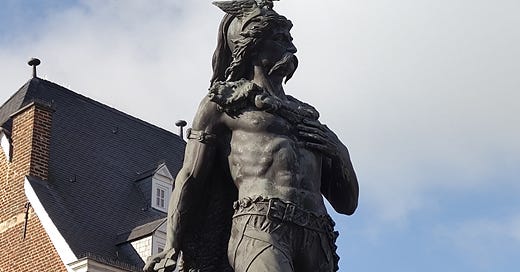



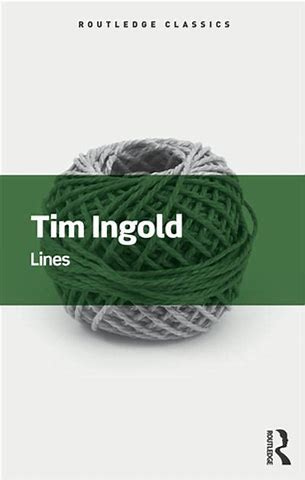
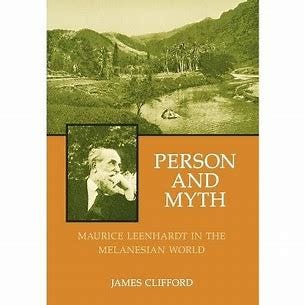
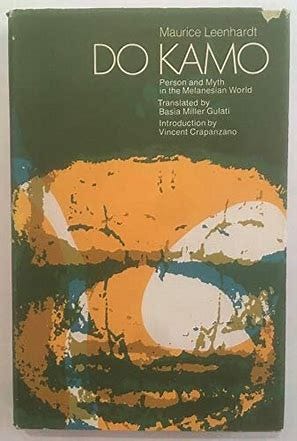
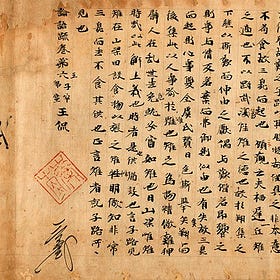
Very interesting! What must have been quite a dense read, you've presented cogently. (And hurrah for Asterix!)